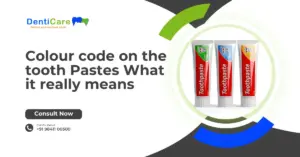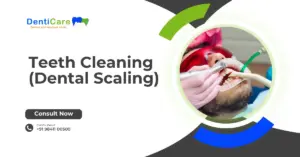Lot of people have been led to believe, the coloured squ-res printed on the tooth paste telling us the chemical composition of the tooth paste, Letʼs see what it really means.
What is the claim ?
We can identify the chemical composition by hidden colour codes in the tooth paste
- Green indicates completely natural
- Blue indicates Natural and medicine
- Red indicates natural and chemicals
- Black indicates All chemicals
What is the fact ?
During the manufacturing process, optical sensors can locate the end of the tube by scanning the colour marks and cutting machines can make “cut and crimp “at the end of the tube. Remember Automated machines would cut hundreds of tubes in a minute .
Why Different colours used ?
Tooth paste companies outsource the Packaging process to other companies, Different manufacturing companies use different compatible colours.
Is this applicable only for tooth pastes ?
No, You can look at any tooth paste brands or any products (face creams, ointments, gels etc) that comes in a tubes or Sachets will have these marks.
So always check the source of the information, never trust any scientific facts without analysing it. Sadly, last year, one of the popular Indian news paper published an article that unknowingly supported this hoax.
Read also: Tooth Sensitivity





